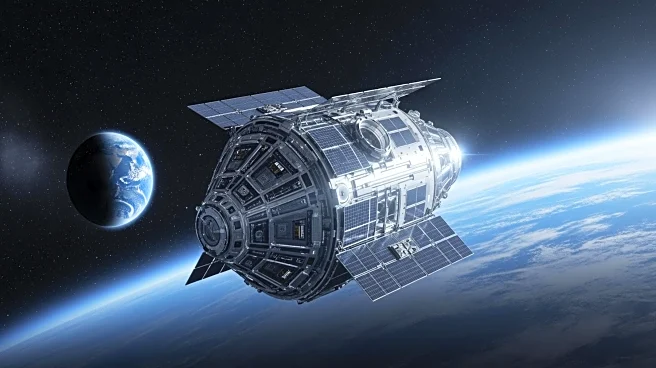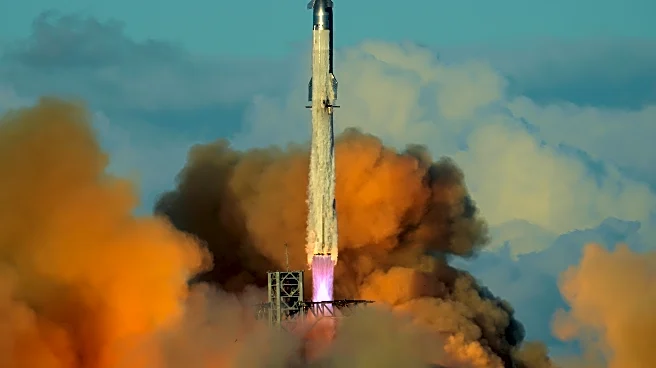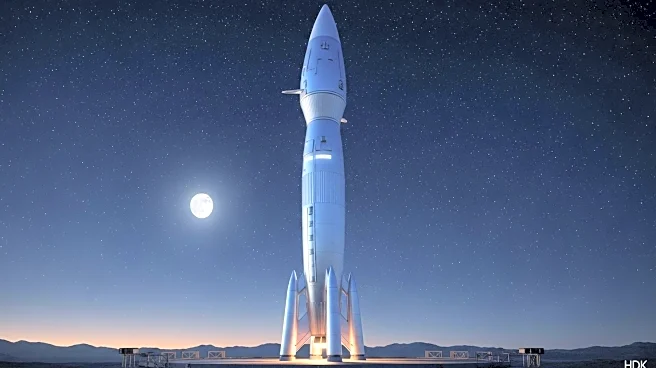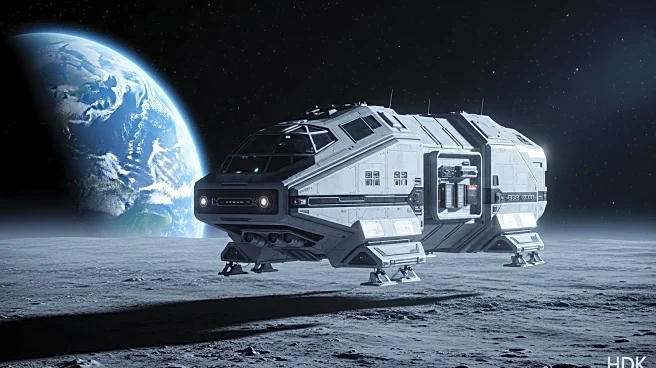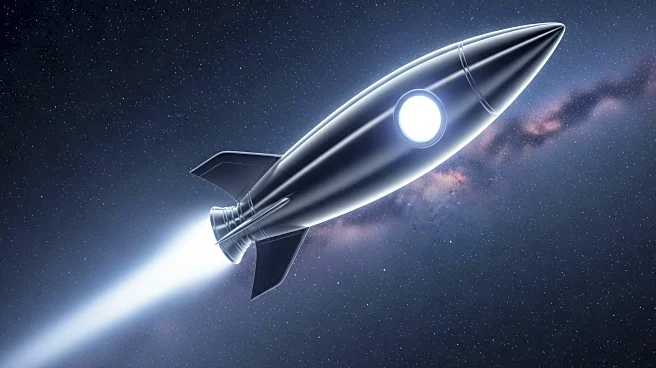What's Happening?
Vast, a California-based startup, is advancing towards the launch of its Haven-1 private space station, scheduled for 2026. The company has completed the final weld on the primary structure and is now
integrating key components such as the hatch and a domed window. Haven-1, designed to launch on a SpaceX Falcon 9, will be the largest spacecraft to lift off atop the rocket, weighing around 31,000 pounds. The station is intended to host up to four short-duration astronaut missions during its three-year lifespan, with crews spending 10 days at a time aboard. Vast aims to create a standalone commercial low Earth orbit platform, marking a significant milestone in human spaceflight. The company, founded in 2021, has grown rapidly, employing around 800 people and building nearly all hardware in-house.
Why It's Important?
The launch of Haven-1 represents a pivotal moment in the commercialization of space, potentially transforming human spaceflight by providing a private platform for research and exploration. This development could lead to increased opportunities for private companies in space, fostering innovation and competition. Vast's approach, which emphasizes human-centered design and comfort, contrasts with the utilitarian International Space Station, potentially setting new standards for future space habitats. The success of Haven-1 could pave the way for more ambitious projects like Haven-2, which aims to replace the ISS and support long-term habitation with artificial gravity.
What's Next?
Vast plans to launch Haven-1 in the second quarter of 2026, with preparations underway for pressure and load testing. The company is also developing Haven-2, a modular project that could replace the ISS by 2030. Haven-2 will feature additional docking ports and larger volumes, with plans to launch via SpaceX's Starship megarocket. Vast's future endeavors depend on NASA's Commercial LEO Destinations program, which will influence the design and implementation of Haven-2. The company aims to create destinations in space for living, working, and observing Earth, with long-term goals of supporting artificial gravity and extended habitation.
